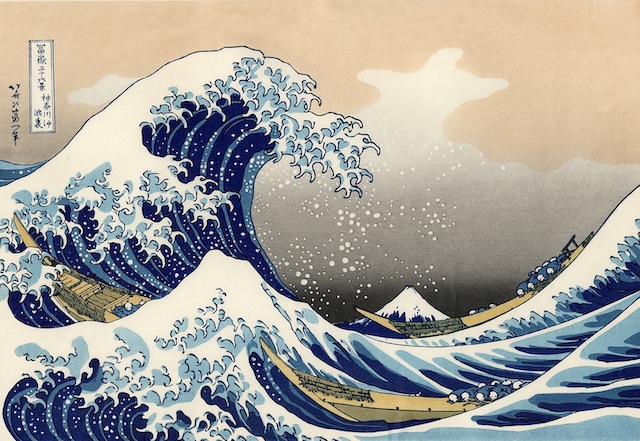In Japan on New Year’s Eve (Ōmisoka) it is customary for Japanese to reflect on the past year and usher in the coming year, all while enjoying a bowl of hot soba noodles, called Toshikoshi Soba, or “year-crossing noodle”.
For over 16 years Keiko and I have eating a bowl of soba noodles to mark the end of the old year. However, I never really understood the tradition and decided it was time to learn more about the custom.
Through my research I found that eating a bowl of soba noodles to mark the end of the old year and pass into the new is a tradition that has its roots in the 13th or 14th century. It became increasingly popular as religious and superstitious rituals developed over time. Thus established, enjoying toshikoshi soba has become one of the most enduring traditions observed by the Japanese people in the New Year.
Among the several theories as to why soba was chosen as the noodle of choice is that buckwheat is a symbol of strength, since the grain is very resilient to cold and bad weather and that the long, thin noodles signify a long life.
On this New Year’s Eve we will be spending a quiet evening at our home with Yuko and Mai. I have volunteered to make a quintessential Japanese toshikoshi soba noodle dish using a recipe that includes duck prepared nanban style, with the sweetness of winter leek enhancing the rich fat of the bird.
What better way to cross over a symbolic bridge to make a clean, no-regrets break with the ending year than slurping a warm bowl of festive toshikoshi soba!


